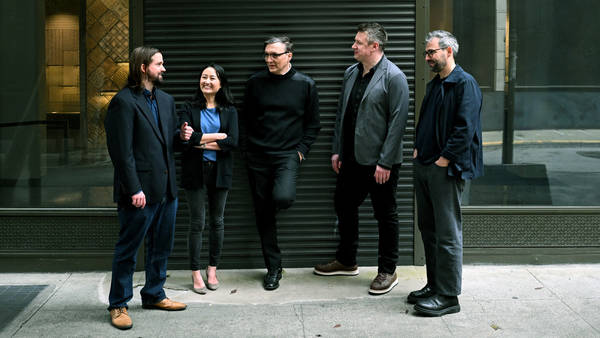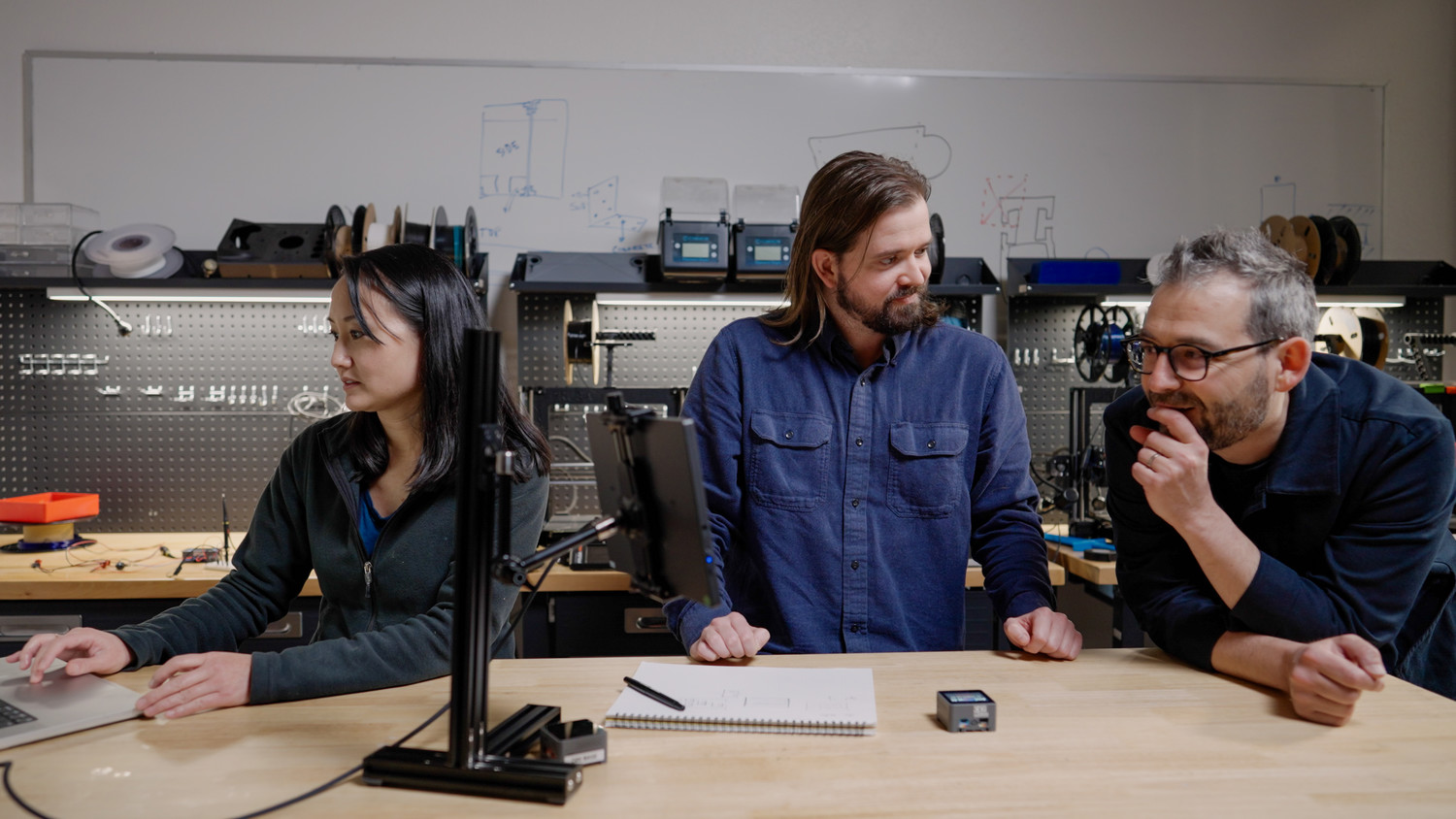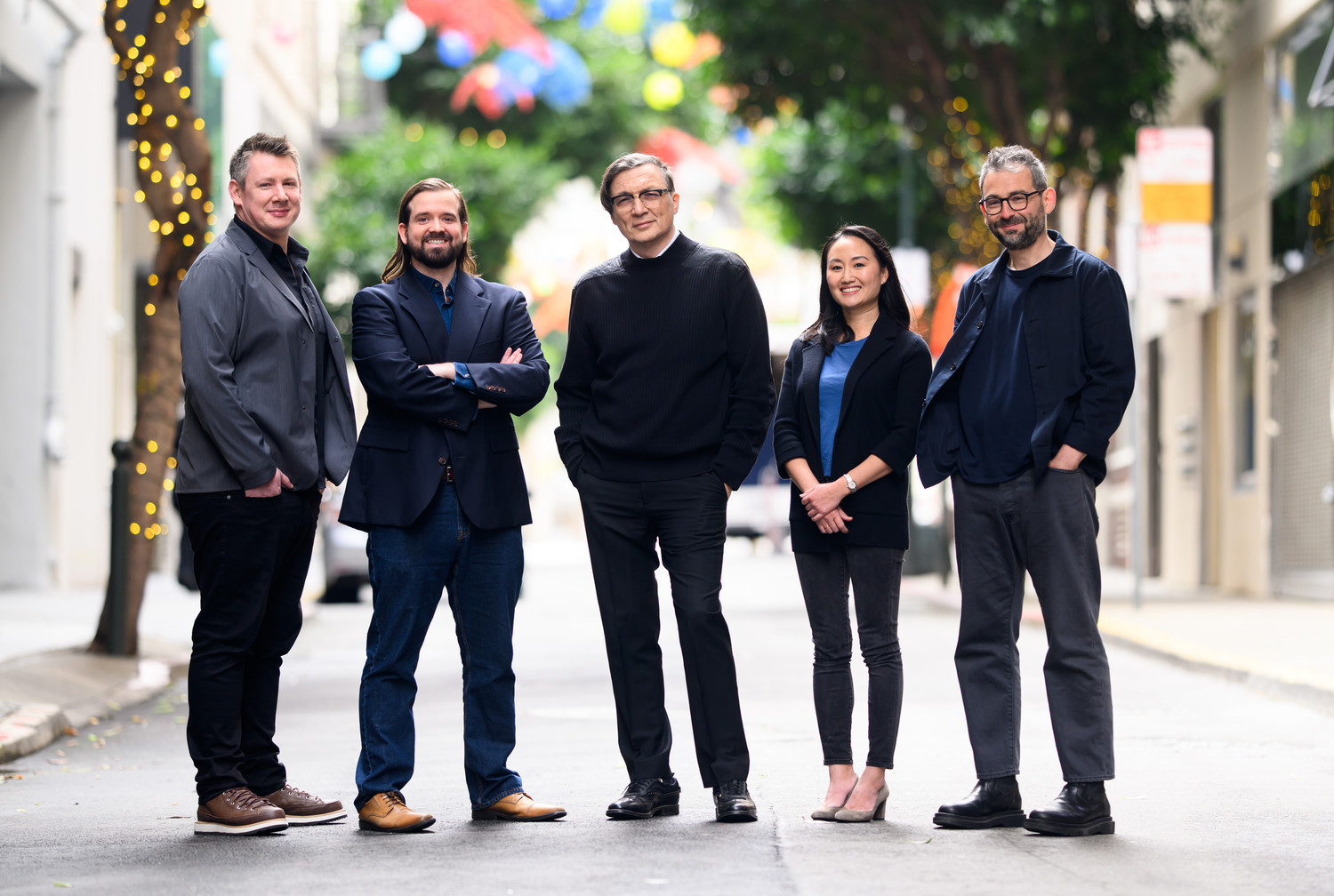ARCHETYPE AI’S NEWTON ENABLES A DEEPER LEVEL OF UNDERSTANDING OF THE PHYSICAL WORLD
ARCHETYPE AI’S NEWTON ENABLES A DEEPER LEVEL OF UNDERSTANDING OF THE PHYSICAL WORLD

Punctuated by the launch of OpenAI’s ChatGPT in November 2022, the last year and a half has borne witness to tremendous advancements in deep learning and artificial intelligence. AI, once a term only familiar to technologists, is now a topic of household conversation, with deep learning algorithms applied to use cases that seemingly emerge daily, including natural language processing, self-driving vehicles, industrial robotics, chatbots, and more.
However, like the performer who became an overnight success after years of work in the trenches, deep learning is hardly a brand-new phenomenon. In fact, for the team at Archetype AI, deep learning experimentation and the seeds for the company’s recently launched solution for understanding the physical world began years ago.
Archetype AI founders Ivan Poupyrev, Brandon Barbello, Jaime Lien, Nick Gillian, and Leonardo Giusti spent much of the past decade at Google working on AI for consumer devices. They pioneered adapting neural net approaches to the physical world sensor data for gesture control, fitness, speech understanding, and many other applications and were successful in building industry-leading products that were simply not possible before.
Within a few years, they saw the emergence of transformer AI models (now commonly used in large language models). sparking the realization that the principles effective for large language models could be applied to the physical world.

“The painful thing we faced at Google when we were using deep learning for building intelligence for sensors, was that each different use case required very specific training. That was expensive and resource intensive. So, we thought, what if we adapted the transformer-based AI model architecture and applied it to sensors? It would allow us to achieve a level of adaptability for AI in the physical world that was previously impossible to attain,” explained Ivann Poupyrev, CEO of Archetype AIInspired, the founding team made the leap from Google to the startup world, founding Archetype AI, a physical AI company with a mission to help humanity make sense of the world.
“We believe that the world’s biggest problems are physical, not digital,” said Brandon Barbello, Chief Operating Officer of Archetype AI “From environmental challenges to infrastructure problems and supply chain inefficiencies, there are hidden patterns and behaviors all around us that are too complex and fast-moving for people to perceive.”
Archetype AI is using the power of AI to solve these real-world problems, empowering people and organizations everywhere with an unprecedented level of understanding of physical systems. The company’s first-of-its-kind proprietary AI model, Newton, announced to the world this April, can perceive and reason about the physical world in real time by fusing multimodal sensor data and natural language. It’s the physical equivalent of large language models (LLMs), Nick Gillian, Head of AI & Software at Archetype AI, explains the crux of the problem Archetype AI is solving for.
“IoT’s promise to make our physical surroundings accessible to our digital computers has never been fulfilled. There were too many barriers to building AI models for sensor data. With data trapped in silos, every application required you to build a new model from scratch every time, per sensor and per use case. That’s why the democratization enabled by our approach is so incredibly exciting.”
Watch their newest video about Newton here:
With Newton supplying a pre-trained model that can be customized and built upon, Archetype AI is changing the way customers and developers work with AI. Companies no longer need to build their models from scratch nor do they need to be an AI company to leverage the power of the technology Newton will work like an API, allowing developers across industries to leverage the model to develop applications and improve physical world understanding.
“Once you have this model in place you can begin fusing different sensors into the same mathematical embedding space to unlock new use cases in different contexts, from consumer electronics to industrial manufacturing,” explains Jaime Lien, Head of Machine Perception & Hardware at Archetype AI.
“For the layperson, it means you can essentially talk to a physical environment and ask questions of it,” said Brandon. “For instance, you can’t today foresee that someone is going to be injured on a construction site. But with our model, you have new levels of perception. You can ask questions of the model and it may highlight that someone is indeed in harm's way or that a recent change has made an area more dangerous. And you can prevent that accident from occurring. Our AI is not about replacing humans. It is about adding to your five senses to deepen and extend your reality. Now, the world can -speakback to you and answer different questions from different perspectives.”

Unlike LLMs, models built for the physical world are based on objective sensor data. While they can still be subject to hallucinations and inaccuracies, it’s more straightforward to address.
“Physical AI is constrained by actual physics. This is about sensors and mathematics. Said Ivan. if there’s incorrect data, the problem is easier to identify and easier to fix. It can always be traced back to a sensor that is the source of the information.”
Several key partners are now working with Archetype AI, using Newton in combination with their proprietary data to solve business problems in the physical world. These organizations represent construction, automotive, consumer electronics, and other industries. The company has also secured $13 million in seed funding from Venrock and notable corporate investors, including the Amazon Industrial Innovation Fund and Hitachi.
Archetype AI joined the 5G Open Innovation Lab as part of its Batch 9 cohort in March of 2024, just a few weeks before announcing Newton to the world. “We’re in a pilot phase today with our partners in various industries. These pilots will validate that our model can generalize across these verticals and produce real-world case studies of customer applications. said, Brandon. In many instances, these models will be deployed to the edge where 5G is a key enabler. Jim, his team, and the Lab’s robust ecosystem will be indispensable allies as we build out our go-to-market plans, relationships, and partners.”





